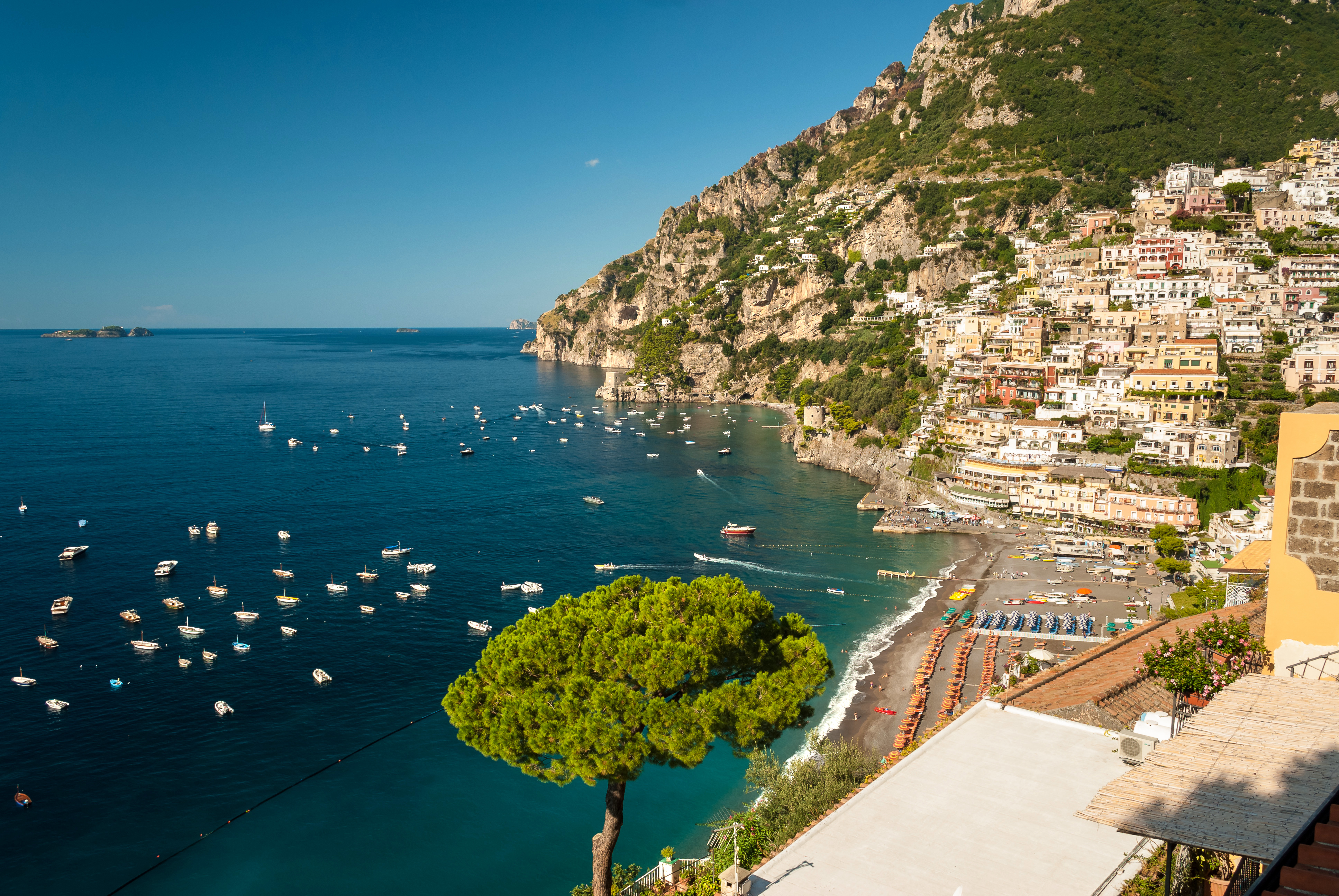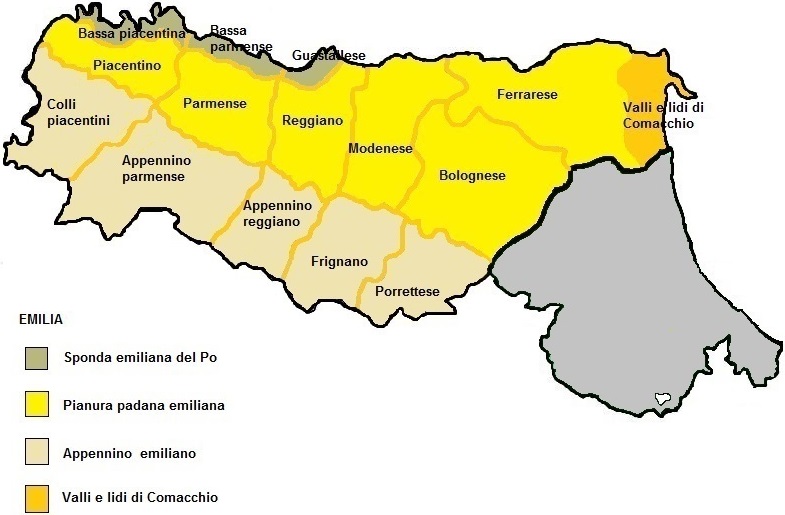|
Walter Reder
Walter Reder (4 February 1915 – 26 April 1991) was an Austrian SS commander and war criminal during World War II. He served with the SS Division Totenkopf and the 16th SS Panzergrenadier Division Reichsführer-SS, SS Division Reichsführer-SS. He and the unit under his command committed the Vinca massacre and Marzabotto massacre in Italy in 1944. After the war, Reder was convicted of war crimes in Italy. Early life Walter Reder was born in Freiwaldau, Austrian Silesia, Austria-Hungary. His family was of conservative orientation. After World War I and the dissolution of Austria-Hungary, the family left Austrian Silesia and settled in Garsten near Steyr, their ancestral home. Reder's father, Rudolf, worked at the ''Brotfabrik Reders Söhne'' ("Bread Factory Reder's Sons") in Garsten and founded a calculator factory in 1925. According to press records from the 1920s, the company was not financially stable and went bankrupt in 1928. Subsequently, Reder's father received a prison se ... [...More Info...] [...Related Items...] OR: [Wikipedia] [Google] [Baidu] |
Hitler Youth
The Hitler Youth ( , often abbreviated as HJ, ) was the youth wing of the German Nazi Party. Its origins date back to 1922 and it received the name ("Hitler Youth, League of German Worker Youth") in July 1926. From 1936 until 1945, it was the sole official boys' youth organisation in Germany (although the League of German Girls was a wing of it) and it was partially a paramilitary organisation. It was composed of the Hitler Youth proper for male youths aged 14 to 18, and the Deutsches Jungvolk, German Youngsters in the Hitler Youth ( or "DJ", also "DJV") for younger boys aged 10 to 14. With the German Instrument of Surrender, surrender of Nazi Germany in 1945, the organisation ''de facto'' ceased to exist. On 10 October 1945, the Hitler Youth and its subordinate units were outlawed by the Allied Control Council along with other Nazi Party organisations. Under Strafgesetzbuch section 86a, Section 86 of the Strafgesetzbuch, Criminal Code of the Germany, Federal Republic of Germ ... [...More Info...] [...Related Items...] OR: [Wikipedia] [Google] [Baidu] |
Barbara Tóth
Barbara may refer to: People * Barbara (given name) * Barbara (painter) (1915–2002), pseudonym of Olga Biglieri, Italian futurist painter * Barbara (singer) (1930–1997), French singer * Barbara Popović (born 2000), also known mononymously as Barbara, Macedonian singer * Bárbara (footballer) (born 1988), Brazilian footballer Film and television * ''Barbara'' (1961 film), a West German film * ''Bárbara'' (film), a 1980 Argentine film * ''Barbara'' (1997 film), a Danish film directed by Nils Malmros, based on Jacobsen's novel * ''Barbara'' (2012 film), a German film * ''Barbara'' (2017 film), a French film * ''Barbara'' (TV series), a British sitcom Places * Barbara (Paris Métro), a metro station in Montrouge and Bagneux, France * Barbaria (region), or al-Barbara, an ancient region in Northeast Africa * Barbara, Arkansas, U.S. * Barbara, Gaza, a former Palestinian village near Gaza * Barbara, Marche, a town in Italy * Berbara (other), or al-Barbara, Lebano ... [...More Info...] [...Related Items...] OR: [Wikipedia] [Google] [Baidu] |
Sant'Anna Di Stazzema
Sant'Anna di Stazzema, officially Sant'Anna, is a village in Tuscany, Italy. Administratively, it is a ''frazione'' of the ''comune'' of Stazzema, in the province of Lucca. History In 1944, it was the site of a notorious Nazi crime against humanity committed by a part of German 16th SS Panzergrenadier Division Reichsführer-SS during World War II. In the morning of 12 August, about 560 villagers and refugees (including 130 children) were murdered and their bodies burnt in a scorched earth policy action. After the war, the village was only partially rebuilt. The massacre gained notoriety from 1994. During an investigation of the military attorney Antonino Intelisano, 695 files about war crimes in Italy during World War II were found in a wooden cabinet, known as the ''Armadio della vergogna'' (armoire of shame), located in a palace of Rome. Since 2000, it has been the site of the Italian National Park of Peace (''Parco Nazionale della Pace'') with memorials and a museum dedica ... [...More Info...] [...Related Items...] OR: [Wikipedia] [Google] [Baidu] |
The Dallas Morning News
''The Dallas Morning News'' is a daily newspaper serving the Dallas–Fort Worth area of Texas, with an average print circulation in 2022 of 65,369. It was founded on October 1, 1885, by Alfred Horatio Belo as a satellite publication of the '' Galveston Daily News'', of Galveston, Texas. Historically, and to the present day, it is the most prominent newspaper in Dallas. Throughout the 1990s and as recently as 2010, the paper has won nine Pulitzer Prizes for reporting and photography, George Polk Awards for education reporting and regional reporting, and an Overseas Press Club award for photography. Its headquarters is in downtown Dallas. History ''The Dallas Morning News'' was founded in 1885 as a spin-off of the '' Galveston Daily News'' by Alfred Horatio Belo. In 1926, the Belo family sold a majority interest in the paper to its longtime publisher, George Dealey. By the 1920s, ''The Dallas Morning News'' had grown larger than the ''Galveston Daily News'' and had bec ... [...More Info...] [...Related Items...] OR: [Wikipedia] [Google] [Baidu] |
Tyrrhenian Sea
The Tyrrhenian Sea (, ; or ) , , , , is part of the Mediterranean Sea off the western coast of Italy. It is named for the Tyrrhenians, Tyrrhenian people identified with the Etruscans of Italy. Geography The sea is bounded by the islands of Corsica and Sardinia (to the west), the Italian Peninsula (regions of Tuscany, Lazio, Campania, Basilicata, and Calabria) to the north and east, and the island of Sicily (to the south). The Tyrrhenian Sea also includes a number of smaller islands like Capri, Elba, Ischia, and Ustica. The maximum depth of the sea is . The Tyrrhenian Sea is situated near where the African Plate, African and Eurasian Plates meet; therefore mountain chains and active volcanoes, such as Mount Marsili, are found in its depths. The eight Aeolian Islands and Ustica are located in the southern part of the sea, north of Sicily. Extent The International Hydrographic Organization defines the limits of the Tyrrhenian Sea as follows: * In the Strait of Messina: A line ... [...More Info...] [...Related Items...] OR: [Wikipedia] [Google] [Baidu] |
Gaeta
Gaeta (; ; Southern Latian dialect, Southern Laziale: ''Gaieta'') is a seaside resort in the province of Latina in Lazio, Italy. Set on a promontory stretching towards the Gulf of Gaeta, it is from Rome and from Naples. The city has played a conspicuous part in military history; its walls date to Ancient Rome, Roman times and were extended and strengthened in the 15th century, especially throughout the history of the Kingdom of Naples (later the Kingdom of the Two Sicilies). Present-day Gaeta is a fishing port and a renowned seaside resort. NATO has a naval base here. In 2025, it received the Blue Flag beach, blue and green flags from Foundation for Environmental Education, FEE for the twelfth consecutive year. It is one of the I Borghi più belli d'Italia ("The most beautiful villages of Italy"). History Ancient times Ancient Caieta was situated on the slopes of the Torre di Orlando, a promontory overlooking the Mediterranean Sea. It was inhabited by the Oscan language ... [...More Info...] [...Related Items...] OR: [Wikipedia] [Google] [Baidu] |
Emilia (region)
Emilia () is a historical region of northern Italy, which approximately corresponds to the western and the north-eastern portions of the modern regions of Italy, region of Emilia-Romagna, with the area of Romagna forming the remainder of the modern region. Etymology Emilia takes its name from the Via Aemilia, a Roman road constructed by the consul Marcus Aemilius Lepidus (consul 187 BC), Marcus Aemilius Lepidus in 187 BCE to connect Rimini with Piacenza. The name was transferred to the district (which formed the eighth Roman Italy#Augustan organization, Augustan region of Italy) as early as the time of Martial, in popular usage. In the 2nd and 3rd centuries Aemilia was frequently named as a district under imperial judges (), generally in combination with Roman Italy#History, Flaminia or Liguria and Tuscia. The district of Province of Ravenna, Ravenna was, as a rule, from the 3rd to the 5th century, not treated as part of Aemilia, the chief town of the latter being Piacenza, Pla ... [...More Info...] [...Related Items...] OR: [Wikipedia] [Google] [Baidu] |
Tuscany
Tuscany ( ; ) is a Regions of Italy, region in central Italy with an area of about and a population of 3,660,834 inhabitants as of 2025. The capital city is Florence. Tuscany is known for its landscapes, history, artistic legacy, and its influence on high culture. It is regarded as the birthplace of the Italian Renaissance and of the foundations of the Italian language. The prestige established by the Tuscan dialect's use in literature by Dante Alighieri, Petrarch, Giovanni Boccaccio, Niccolò Machiavelli and Francesco Guicciardini led to its subsequent elaboration as the language of culture throughout Italy. It has been home to many figures influential in the history of art and science, and contains well-known museums such as the Uffizi and the Palazzo Pitti. Tuscany is also known for its wines, including Chianti, Vino Nobile di Montepulciano, Morellino di Scansano, Brunello di Montalcino and white Vernaccia di San Gimignano. Having a strong linguistic and cultural identity, ... [...More Info...] [...Related Items...] OR: [Wikipedia] [Google] [Baidu] |
Marzabotto
Marzabotto ( Medial Mountain Bolognese: ) is a small town and ''comune'' in Italian region Emilia-Romagna, part of the Metropolitan City of Bologna. It is located south-southwest of Bologna by rail, and lies in the valley of the Reno. The area includes the site of an ancient Etruscan city and also the place of a modern massacre that took place there during World War II. Etruscan city In and below the grounds of the Villa Aria, close to the city, are the remains of an Etruscan town of the 5th century BC, Kainua, protected on the west by the mountains, on the south-east by the river, which by a change of course has destroyed about half of it. The acropolis was just below the villa: here remains of temples were found. The town lay below the modern high-road and was laid out on a rectangular plan divided by main streets into eight quarters, and these in turn into blocks or insulae. Necropoleis were found on the east and north of the site. The place was partially inhabited later ... [...More Info...] [...Related Items...] OR: [Wikipedia] [Google] [Baidu] |
16th SS Panzergrenadier Division Reichsführer-SS
The 16th SS Panzergrenadier Division "Reichsführer-SS" () was a motorised infantry formation in the Waffen-SS of Nazi Germany during World War II. The division, during its time in Italy, committed a number of war crimes, and, together with the 1st Fallschirm-Panzer Division Hermann Göring, was disproportionally involved in massacres of the civilian population. One possible reason for the division's increased involvement in war crimes has been identified by the fact that much of its leadership originally came from the ''SS-Totenkopfverbände''. History Formed in November 1943 when ''Volksdeutsche'' recruits were added to the ''Sturmbrigade Reichsführer SS'', which was used as the cadre in the formation of the new division. A ''Kampfgruppe'' ("battle group") from the division fought at the Anzio beachhead, while the rest of the division took part in the occupation of Hungary. It fought in Italy as a division from May 1944, until being transferred to Hungary in February 194 ... [...More Info...] [...Related Items...] OR: [Wikipedia] [Google] [Baidu] |





